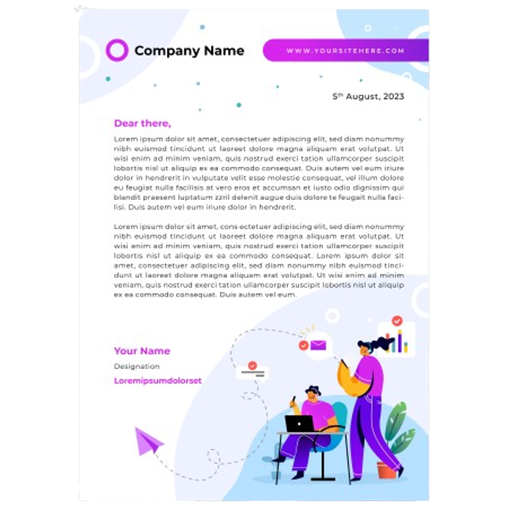4 to 6 Months
Online + Offline
15 Students Only Batch Size
Anyone
Beginner to Advanced Training















What is Cloud Computing?,Definition and Concept, Historical Evolution, Key Components of Cloud Computing.Basic Characteristics and Benefits On-Demand Self-Service, Broad Network Access, Resource Pooling, Rapid Elasticity, Measured Service, Cost Savings and Efficiency. Cloud Service Models (IaaS, PaaS, SaaS). Infrastructure as a Service (IaaS), Overview and Use Cases, Examples of IaaS Providers, Platform as a Service (PaaS), Overview and Use Cases, Examples of PaaS Providers, Software as a Service (SaaS), Overview and Use Cases, Examples of SaaS Providers. Cloud Deployment Models (Public, Private, Hybrid), Public Cloud, Characteristics and Examples, Advantages and Considerations, Private Cloud, Characteristics and Examples, Advantages and Considerations, Hybrid Cloud, Characteristics and Examples, Advantages and Considerations.
Virtualization Basics, Definition and Purpose of Virtualization, Types of Virtualization (Server, Network, Storage), Hypervisors and their Role. Introduction to Virtual Machines, Understanding Virtual Machines, Benefits of Virtualization, Use Cases and Examples. Containerization with Docker, What are Containers?, Docker Overview, Container Orchestration (e.g., Kubernetes). Serverless Computing Overview, Definition and Characteristics of Serverless, Serverless vs. Traditional Computing, Use Cases for Serverless Architectures.
Overview of Cloud Storage (Object, Block, File), Object Storage, Characteristics and Use Cases, Examples (e.g., Amazon S3, Google Cloud Storage), Block Storage. Characteristics and Use Cases, Examples (e.g., AWS EBS, Azure Disk Storage), File Storage, Characteristics and Use Cases, Examples (e.g., AWS EFS, Azure File Storage). Compute Services (Virtual Machines, Containers), Virtual Machines in the Cloud, Setting up and Managing VMs, Use Cases and Considerations, Container Services, Container Deployment in the Cloud, Use Cases and Considerations. Introduction to Serverless Architecture, Serverless Computing Revisited, Serverless Services (e.g., AWS Lambda, Azure Functions), Benefits and Challenges of Serverless.
Basics of Cloud Networking, Introduction to Cloud Networking, Importance of Cloud Networking, Key Components (VPC, Subnets, IP addressing), Cloud Networking vs. Traditional Networking. Network Services in the Cloud, Virtual Private Cloud (VPC), Security Groups and Network ACLs, Cloud Networking Best Practices. Content Delivery Networks (CDN), Importance of CDN in the Cloud, Accelerating Content Delivery, Improving Website Performance, Reducing Latency and Bandwidth Costs. Architecture of Content Delivery Networks, Edge Servers and PoPs (Points of Presence), Caching Mechanisms, CDN Providers (e.g., Akamai, Cloudflare). Implementing CDN in Cloud Environments, Configuring CDN for Websites, Benefits for Static and Dynamic Content, Monitoring and Optimizing CDN Performance, Load Balancing Concepts. Load Balancing Overview, Definition and Purpose, Types of Load Balancers (Layer 4, Layer 7), Load Balancing Algorithms. Load Balancing in Cloud Environments, Cloud Load Balancers (e.g., AWS ELB, Azure Load Balancer), Benefits of Load Balancing in the Cloud, Ensuring High Availability and Scalability. Advanced Load Balancing Considerations, SSL Termination and Offloading, Session Persistence, Health Checks and Auto-scaling.
Identity and Access Management (IAM), Understanding IAM, Authentication and Authorization, Role-Based Access Control (RBAC), Cloud Security, Shared Responsibility Model, Security Best Practices, Basics of Data Encryption.
Cloud Management Tools Overview of Cloud Management Consoles (AWS, Azure, Google Cloud), Command Line Interface (CLI) Usage, Comparison of Cloud Management Tools. Monitoring and Logging Basics, Importance of Monitoring in Cloud Environments, Key Performance Indicators (KPIs), Basics of Logging and Log Analysis. Continuous Integration/Continuous Deployment (CI/CD) CI/CD Concepts and Workflow, Automating Software Builds and Testing, Deploying Applications Automatically.

Once you have completed the course, you will be able to generate your certificate and will also be eligible for placement assistance.
Note: Internship letter and global certifications will be issued exclusively upon the successful completion and submission of 80% of the projects and assignments.


Our Students and curriculum have been trusted by over 500+ companies across India

